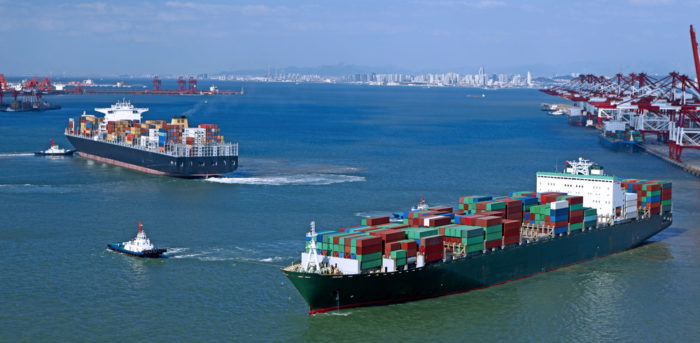Despite moderating perishable seaborne trade growth, continued modal shift will sustain expansion in the containerised reefer trade and freight rate development as well, Drewry’s latest Reefer Shipping Annual Review and Forecast 2018/19 report, noted.
Global seaborne reefer trade continues its expansion, reporting a gain of over 5% in 2017 to 124 million tonnes. Strong growth in banana, meat and fish trades has played a key role in this. Drewry estimates that containerised reefer traffic expanded by 8% in 2017, surpassing the overall seaborne reefer trade.
As Drewry’s director of research products Martin Dixon, stated:
This modal shift in favour of container shipping lines is expected to continue as the specialised fleet shrinks further. Indeed the specialised sector’s share of total seaborne reefer trade is forecast to fall from 20% today to just 14% for 2022, with container lines picking up the slack.
Nevertheless, container equipment availability remains a problem, especially in hinterland locations where carriers are not repositioning empty reefer boxes easily. Production of new refrigerated container equipment recovered in 2017 and the fleet is expected to grow ahead of cargo demand.

In addition, Drewry estimates that average containerised reefer freight rates increased 3% in the six quarters to the second quarter of 2018, while average dry freight box rates decreased by 14%.
[smlsubform prepend=”GET THE SAFETY4SEA IN YOUR INBOX!” showname=false emailtxt=”” emailholder=”Enter your email address” showsubmit=true submittxt=”Submit” jsthanks=false thankyou=”Thank you for subscribing to our mailing list”]
This shows that despite weakness in the container shipping market, reefer rates have held up, rewarding those carriers that have invested in the cargo segment. In the meantime, time charter rates for specialist reefer vessels recovered in 2017 from the previous year’s lows but have since come under pressure and are expected to remain so.
Finally, Drewry expects the growth in seaborne perishable reefer trade to moderate slightly over the next five years to near 3% a year. This is because of an anticipated correction in banana and exotic fruit trades in 2018 following bad weather conditions in the final months of 2017, as well as a trade war between US and China.


































































